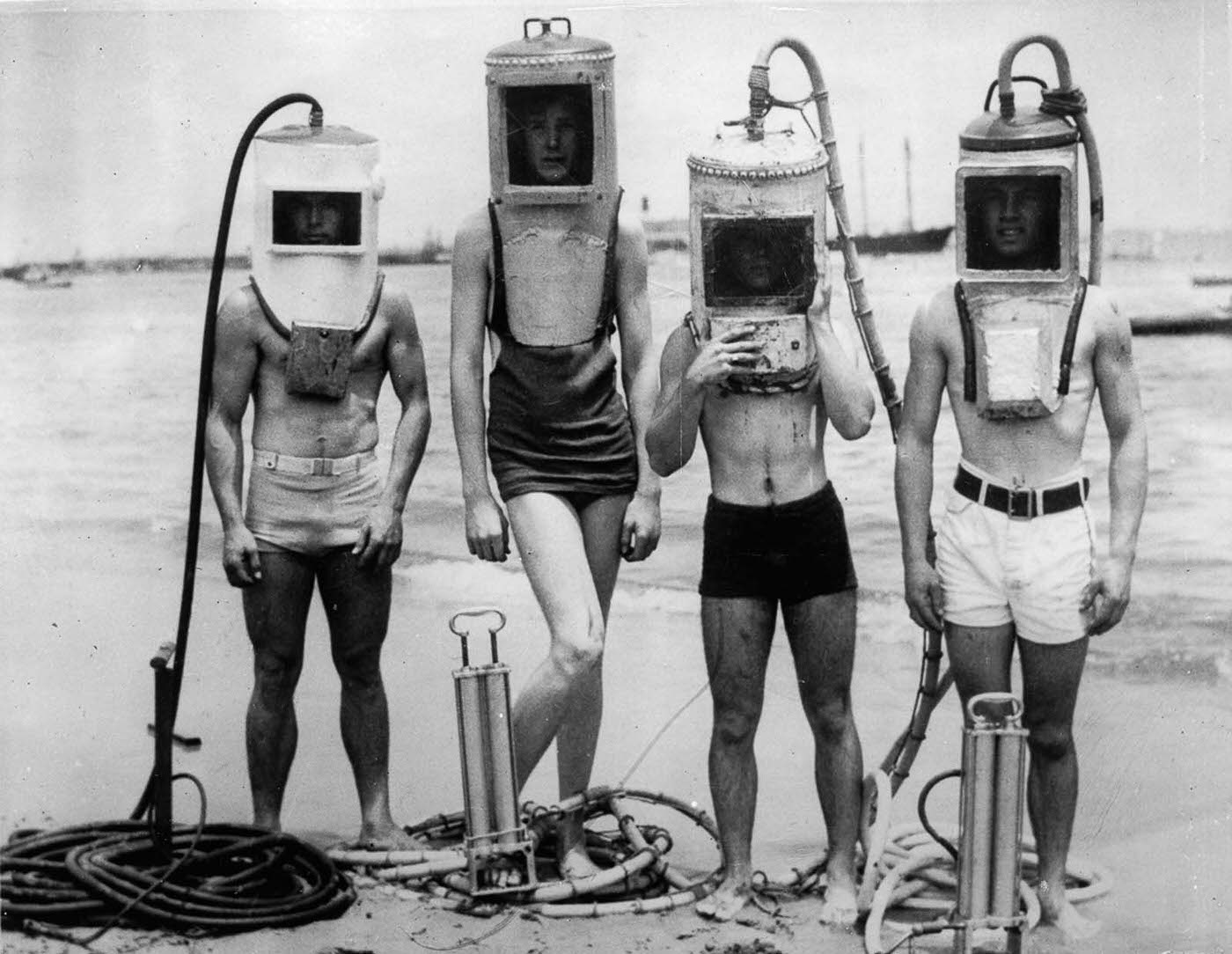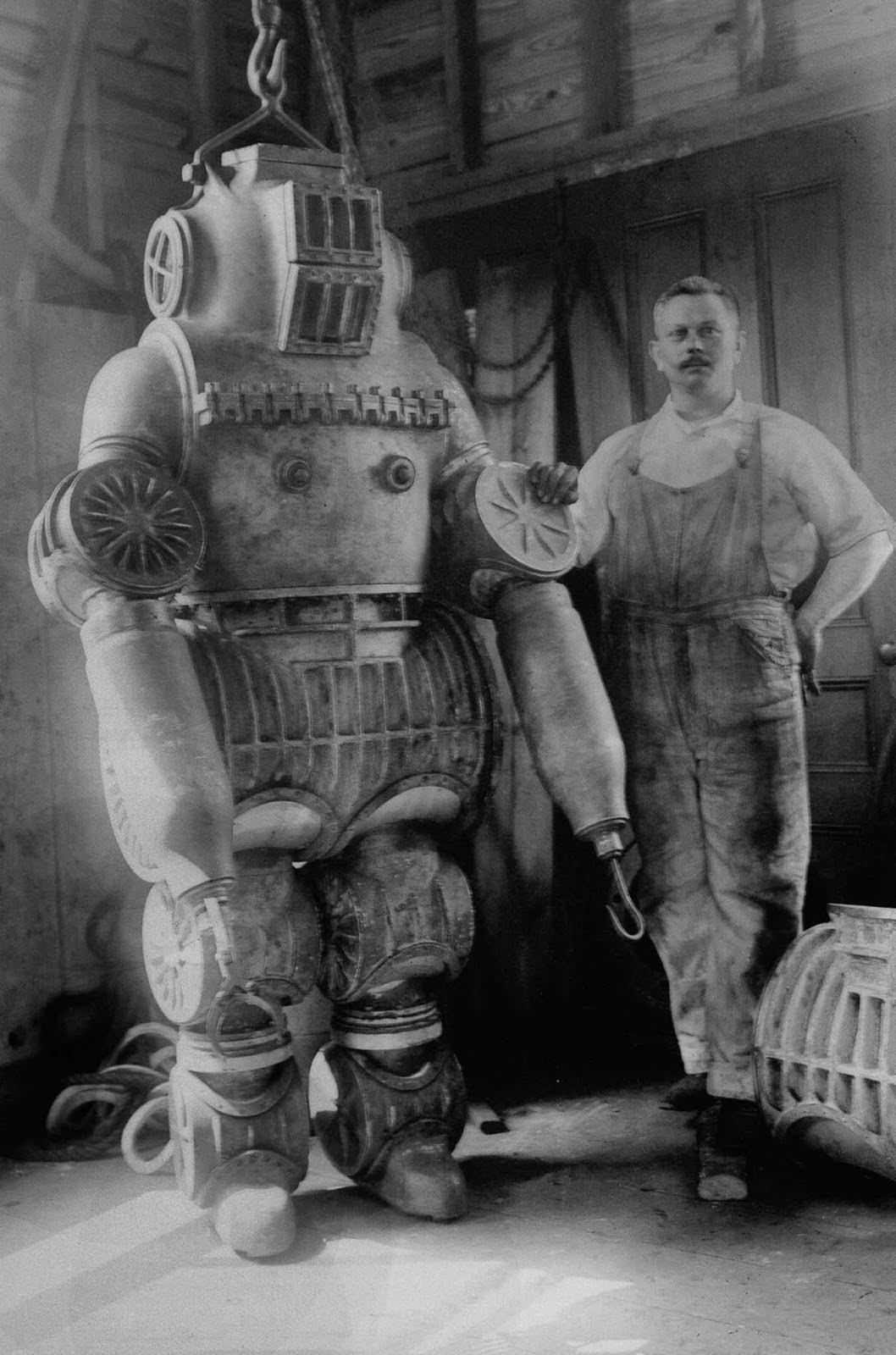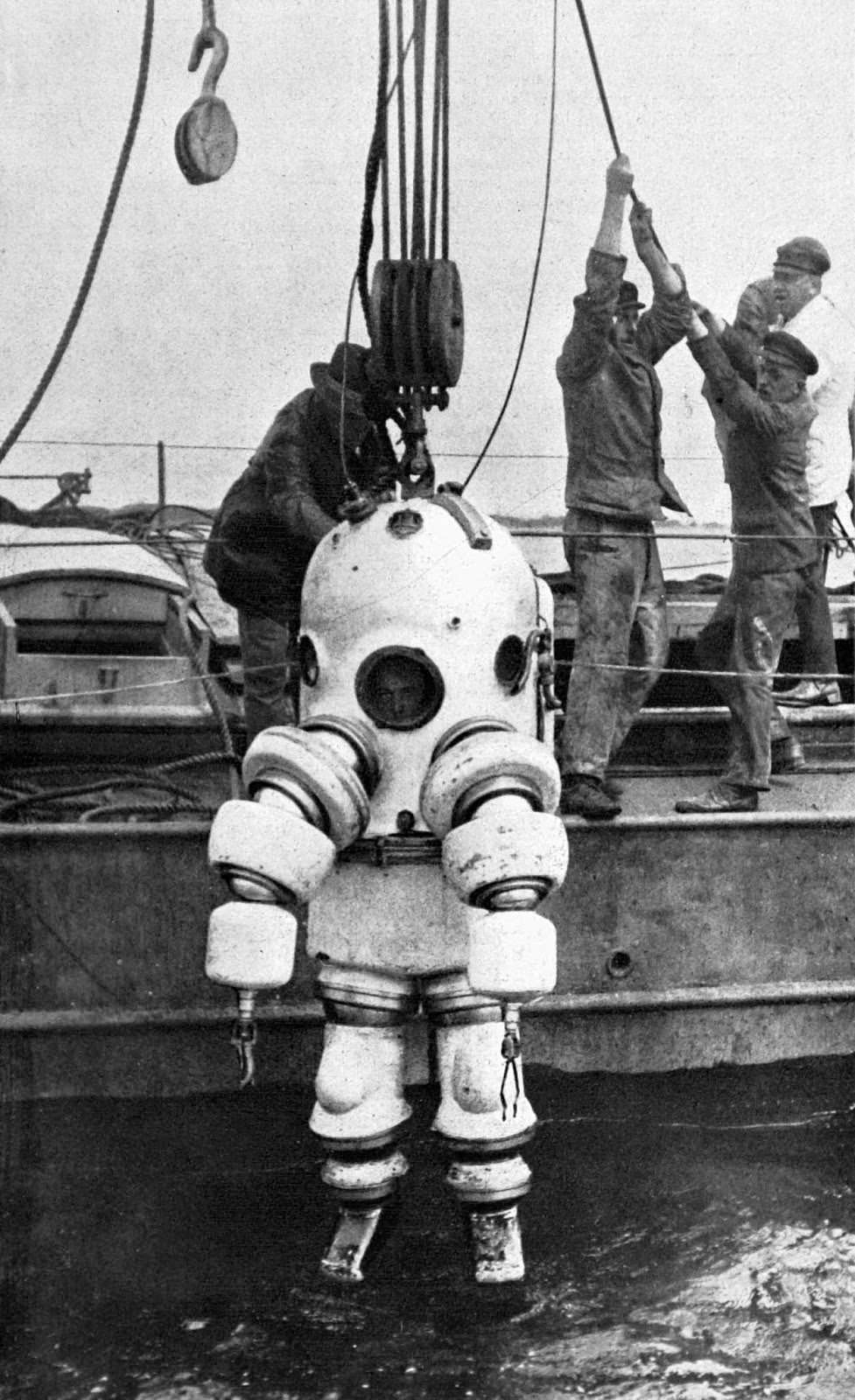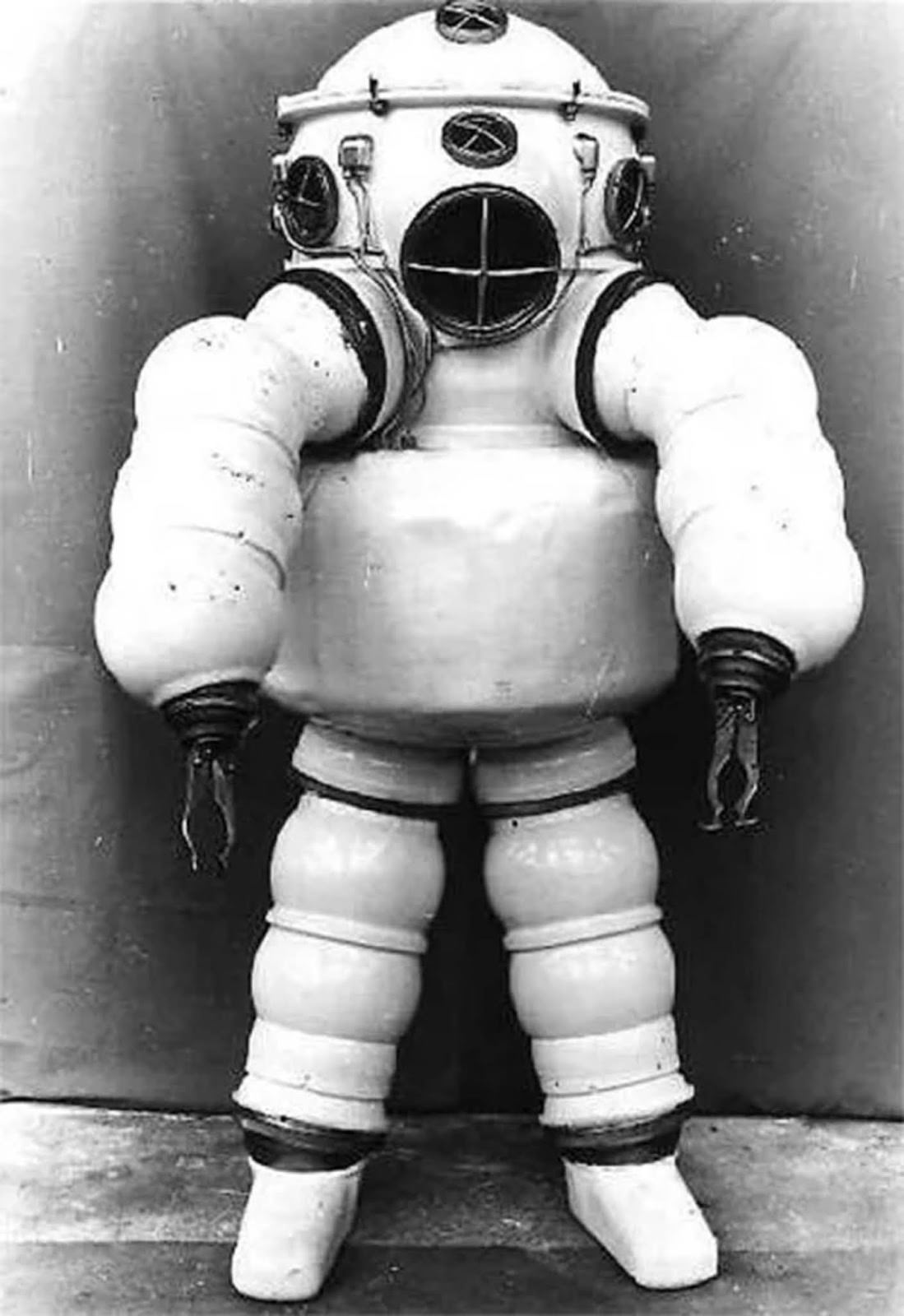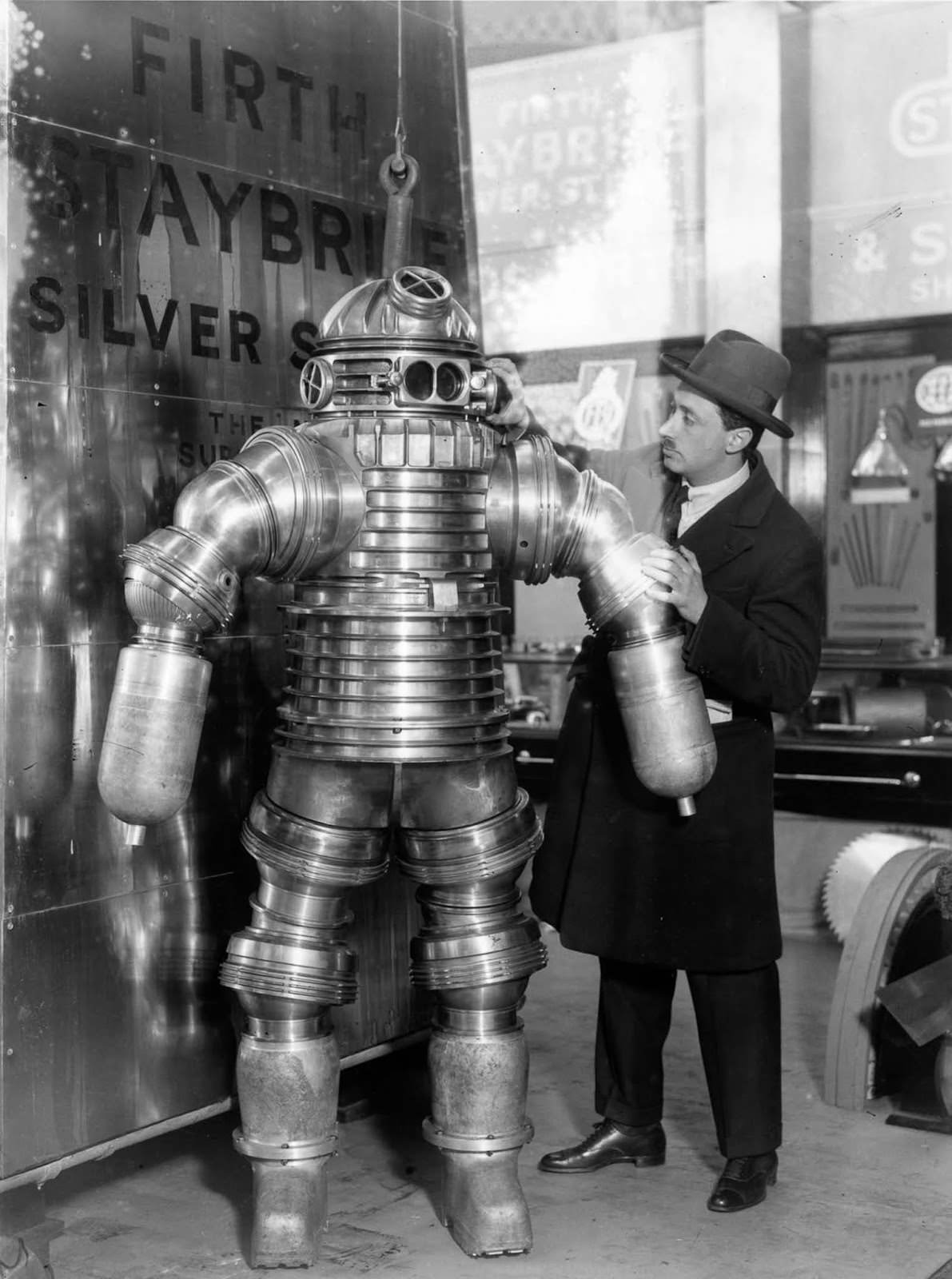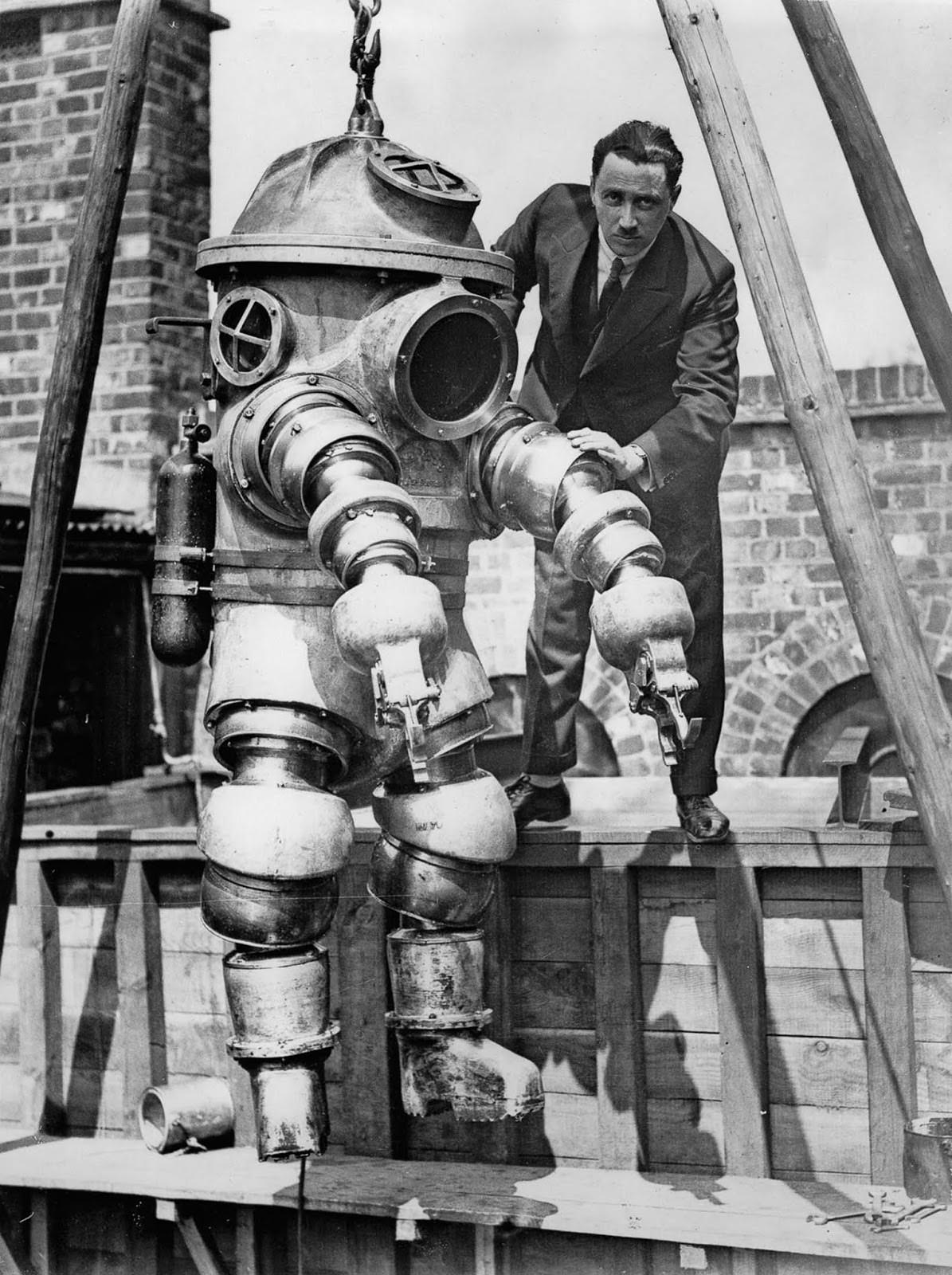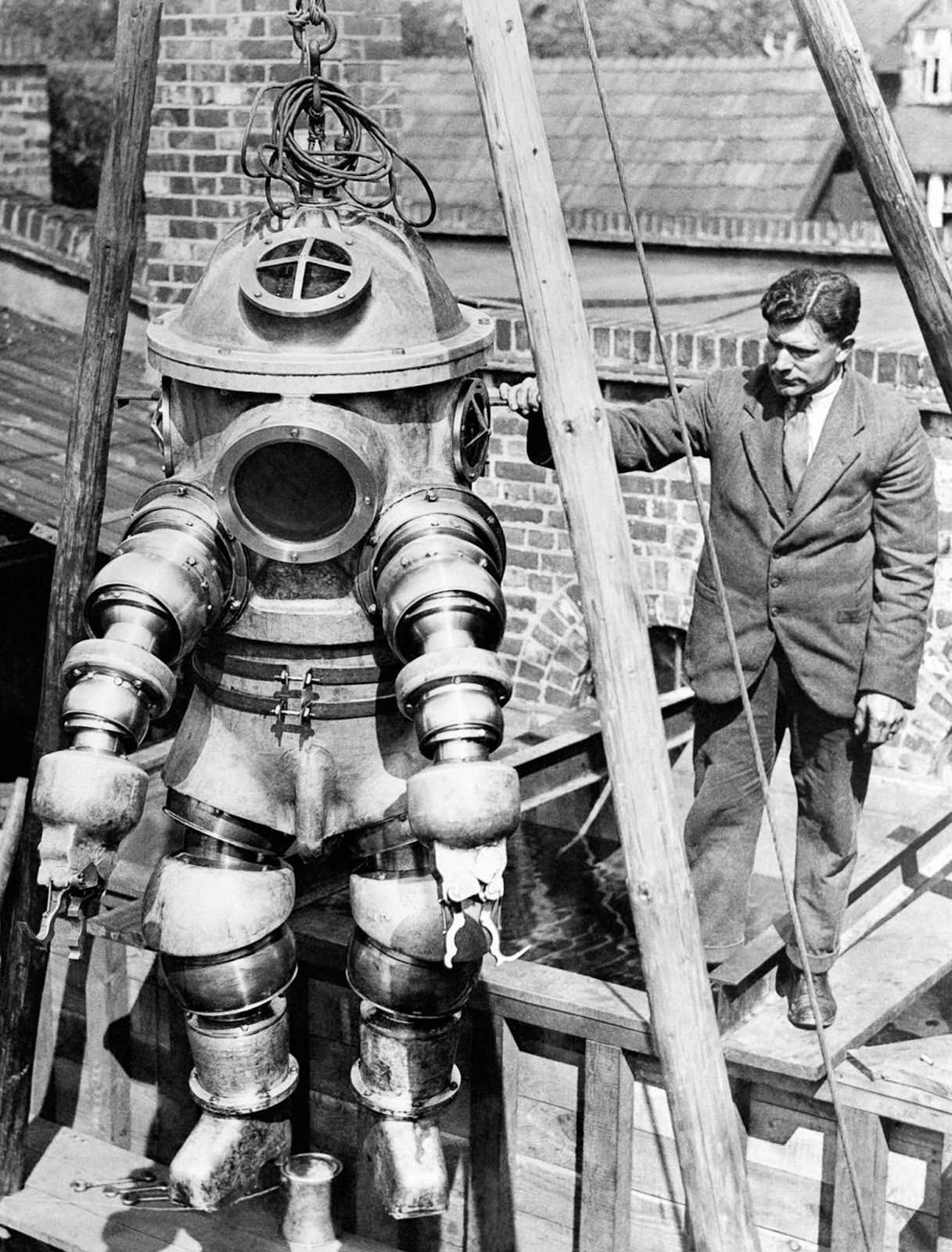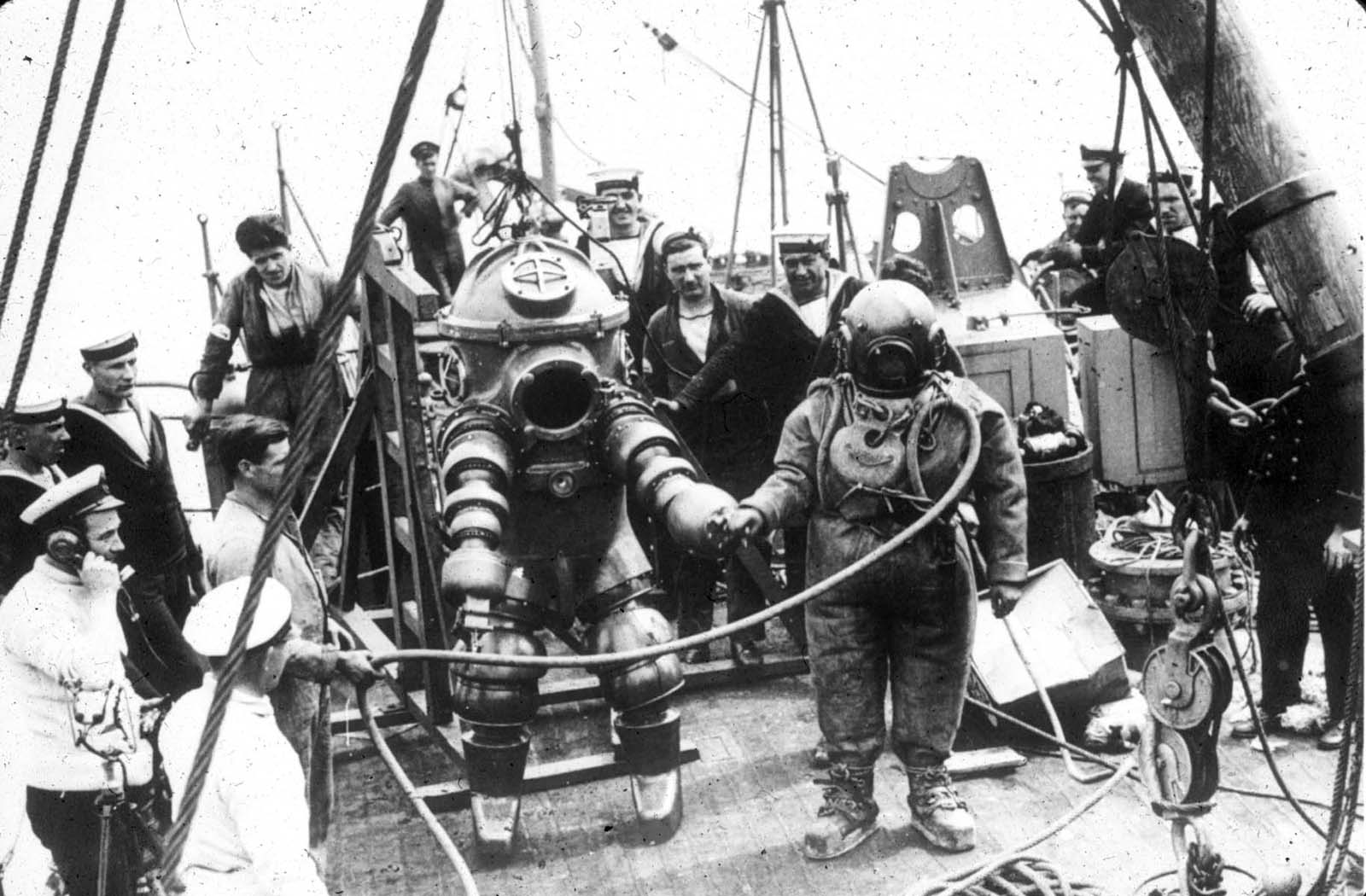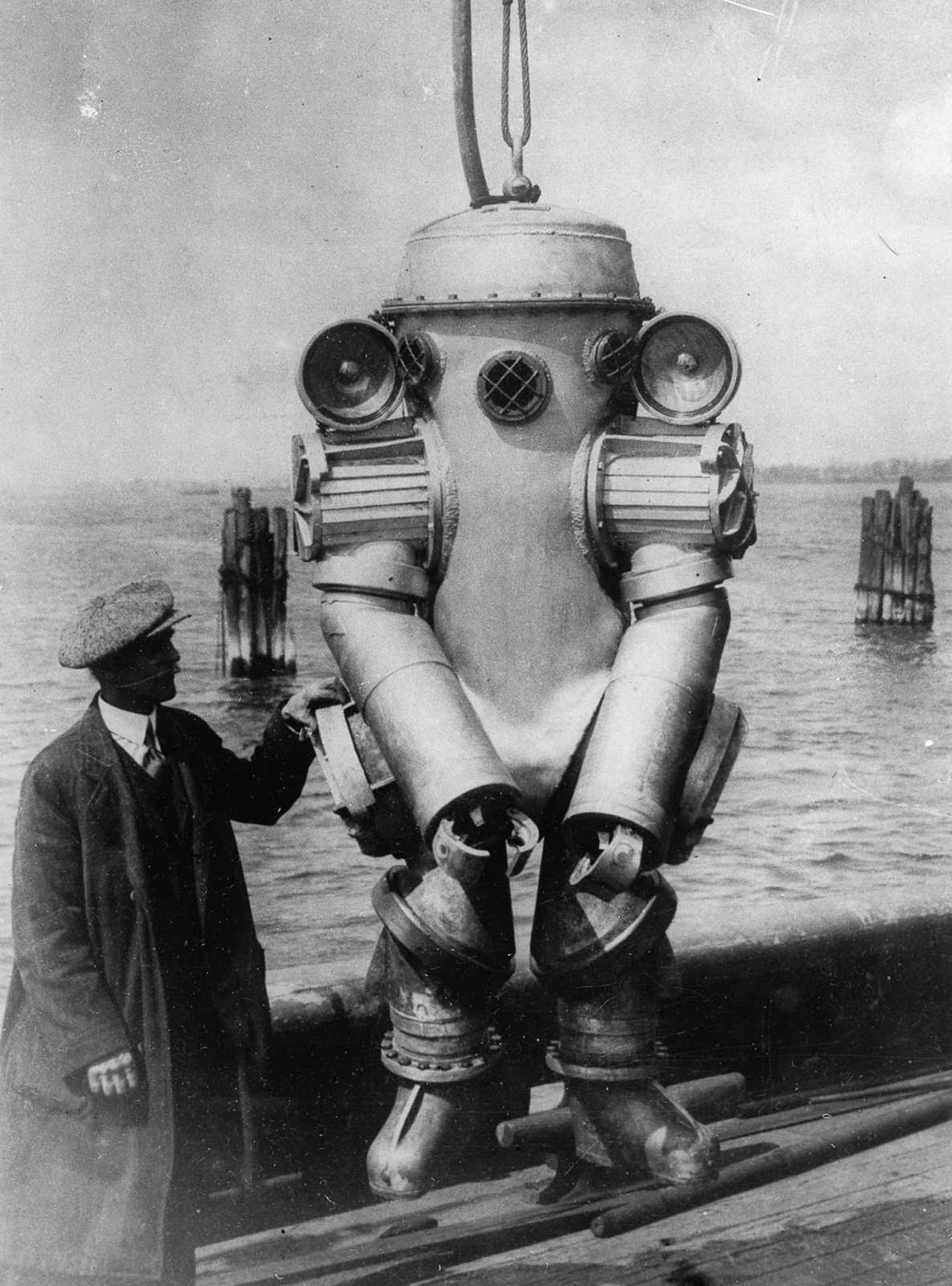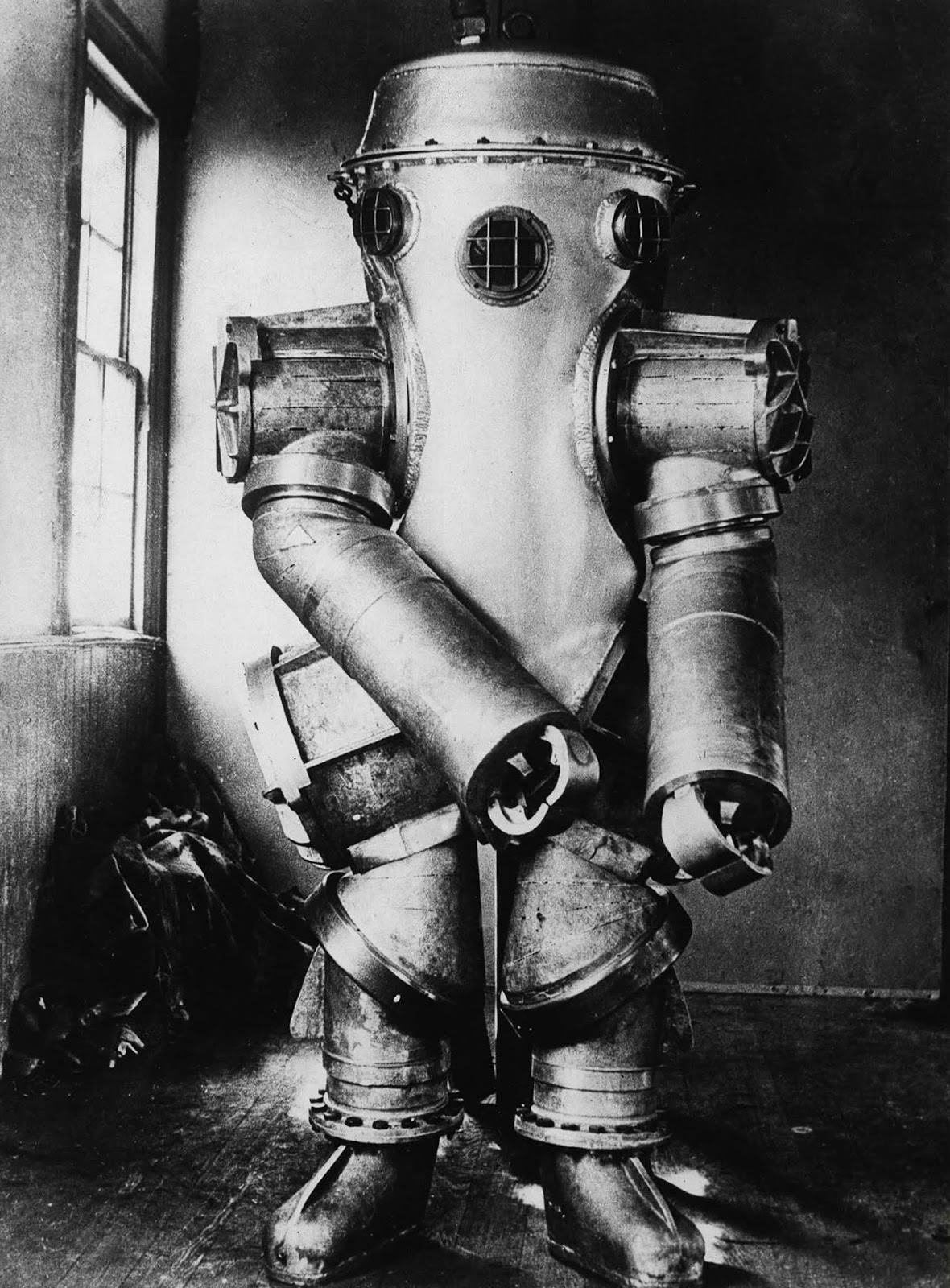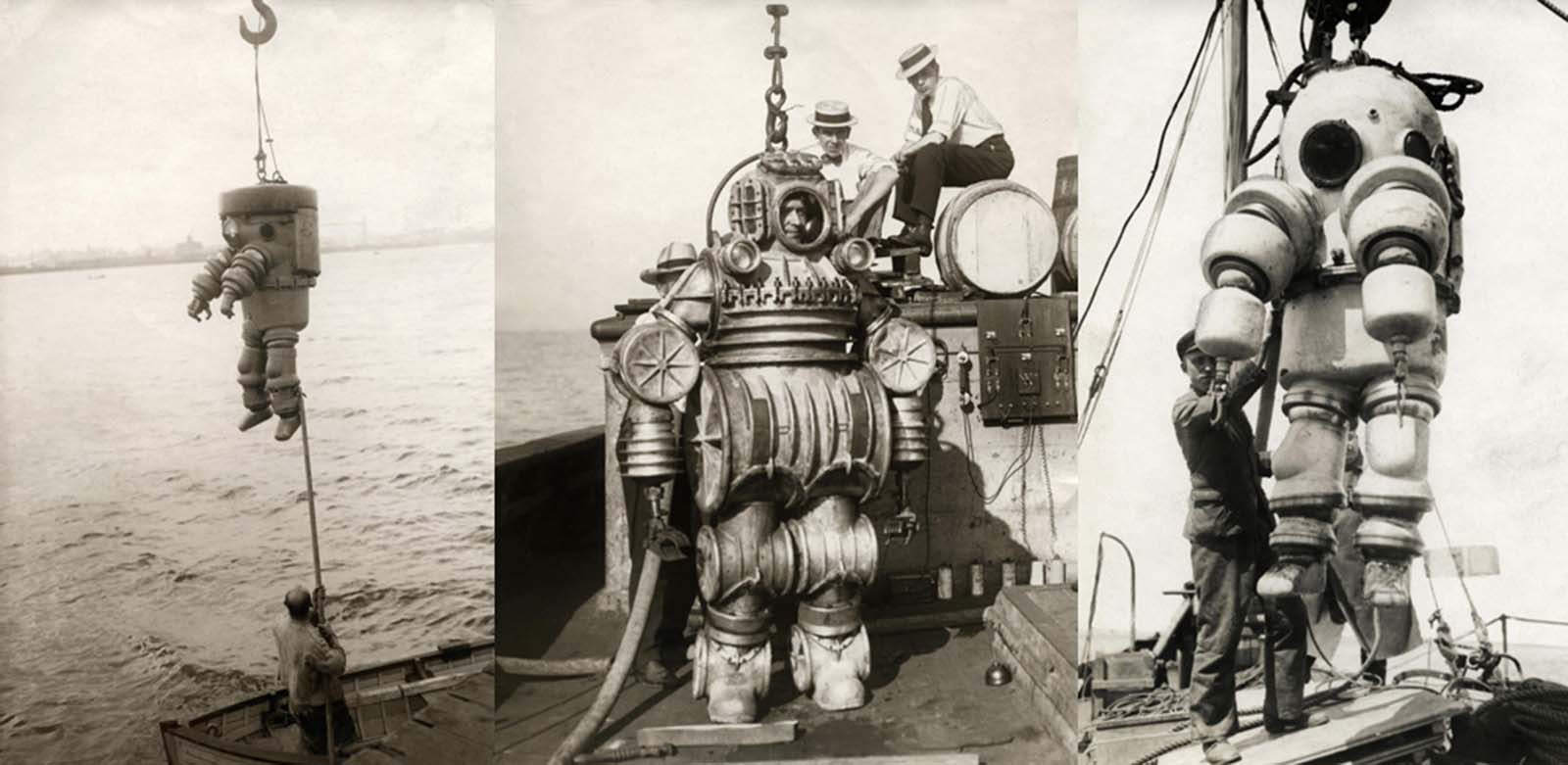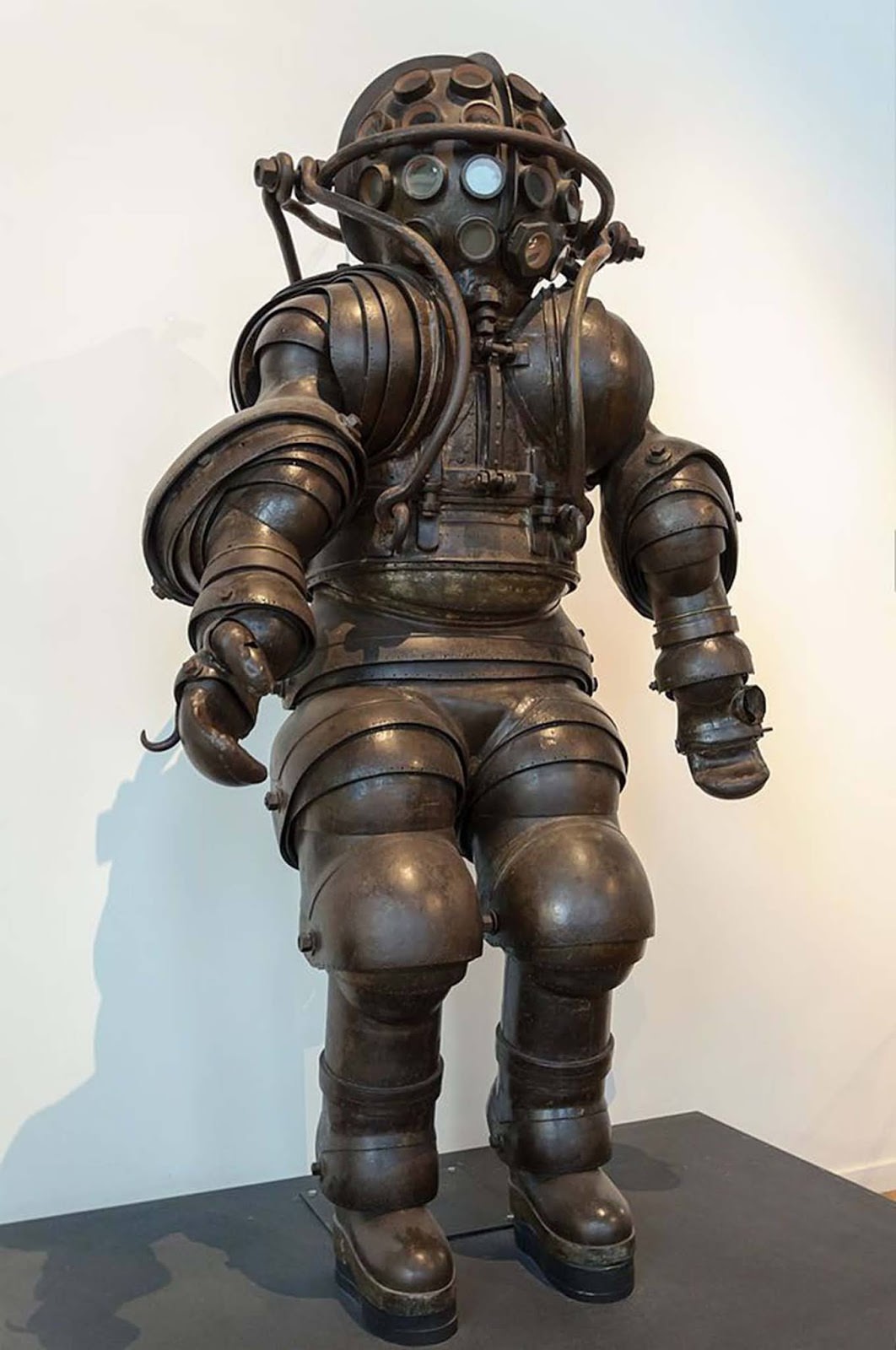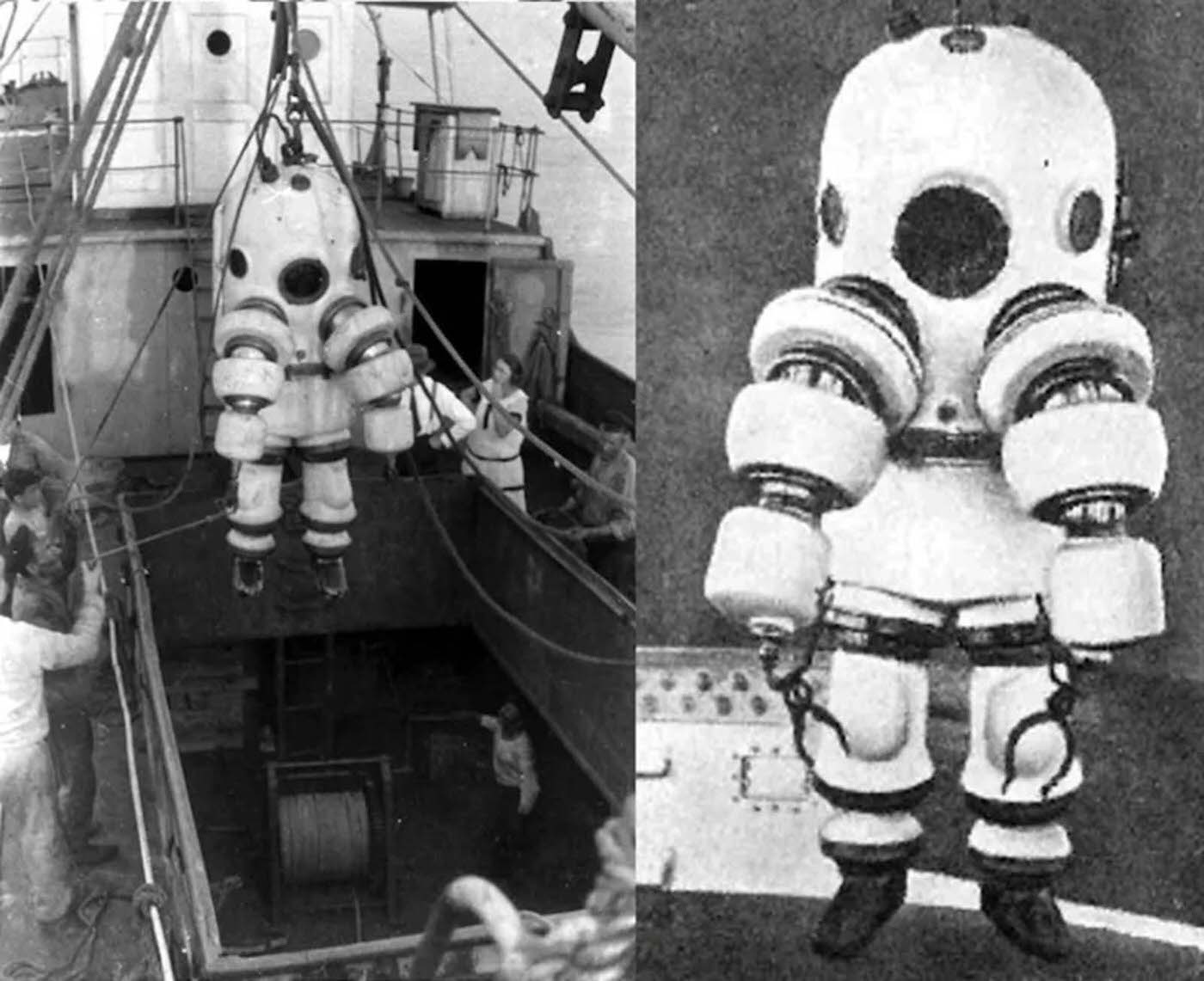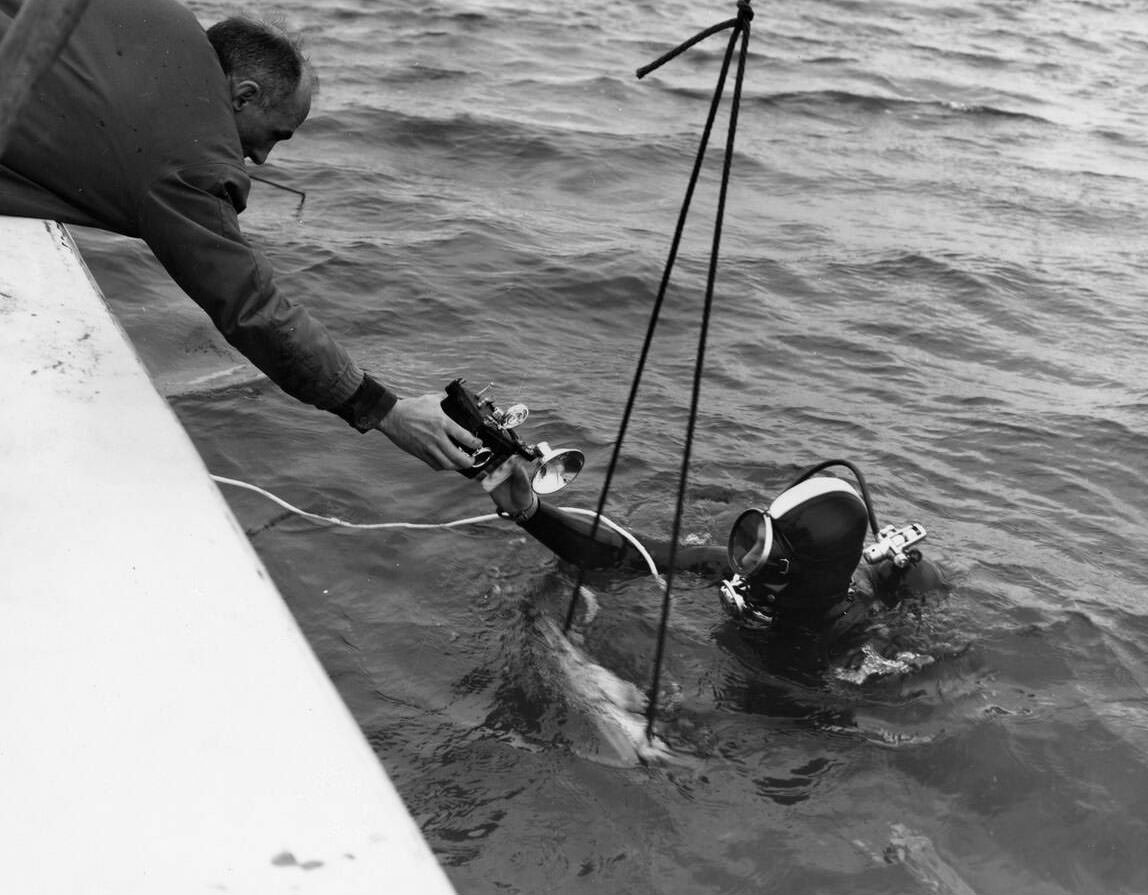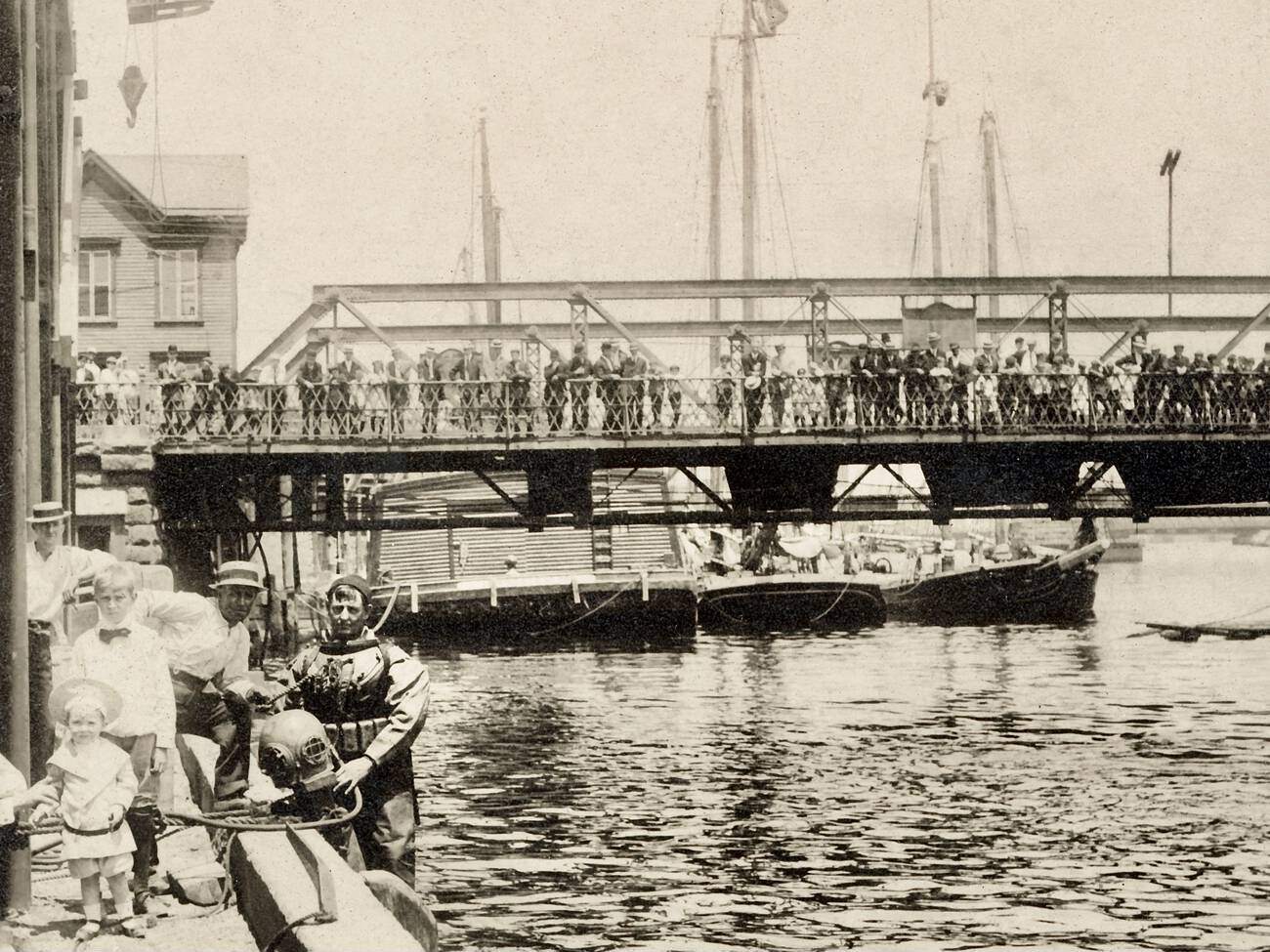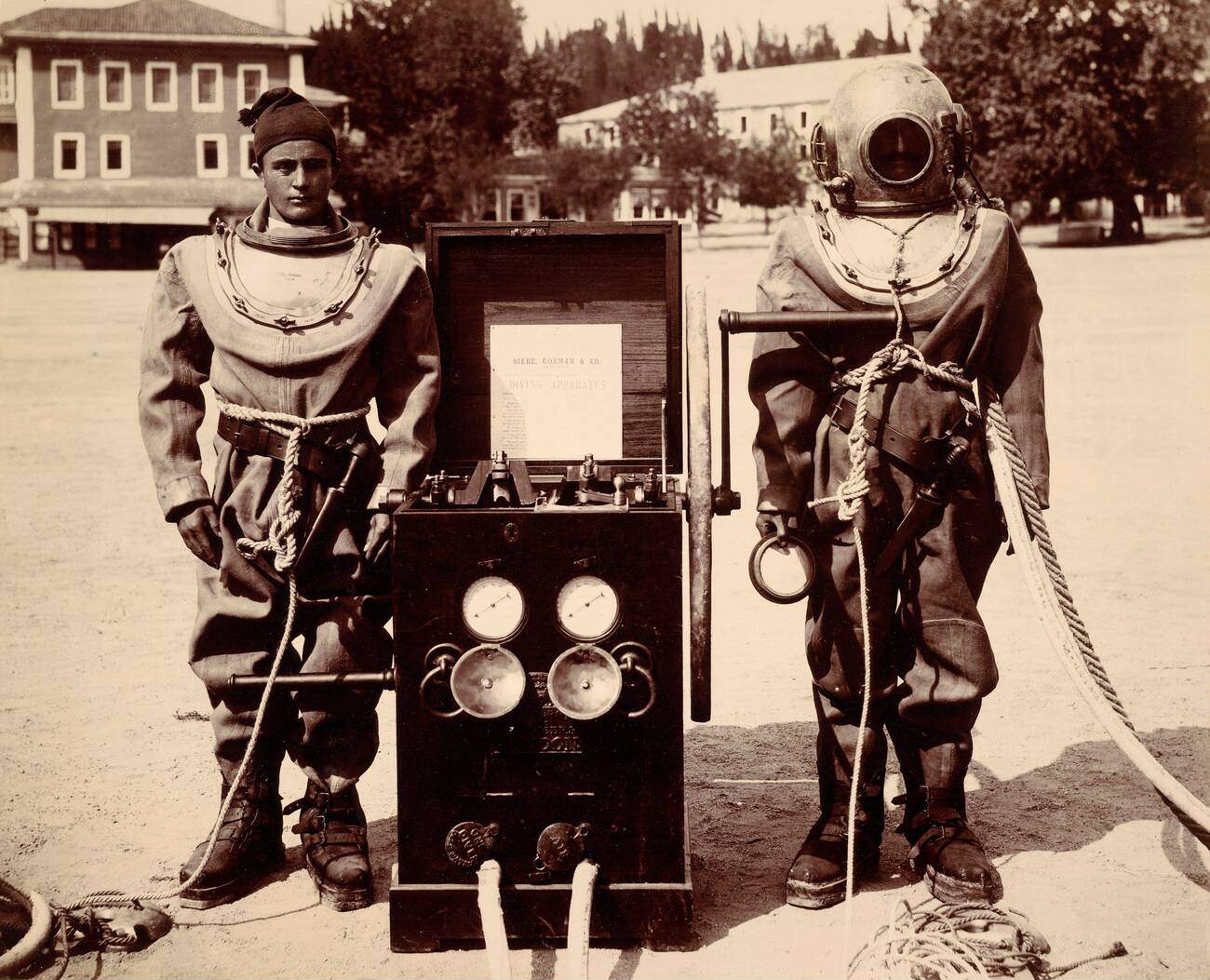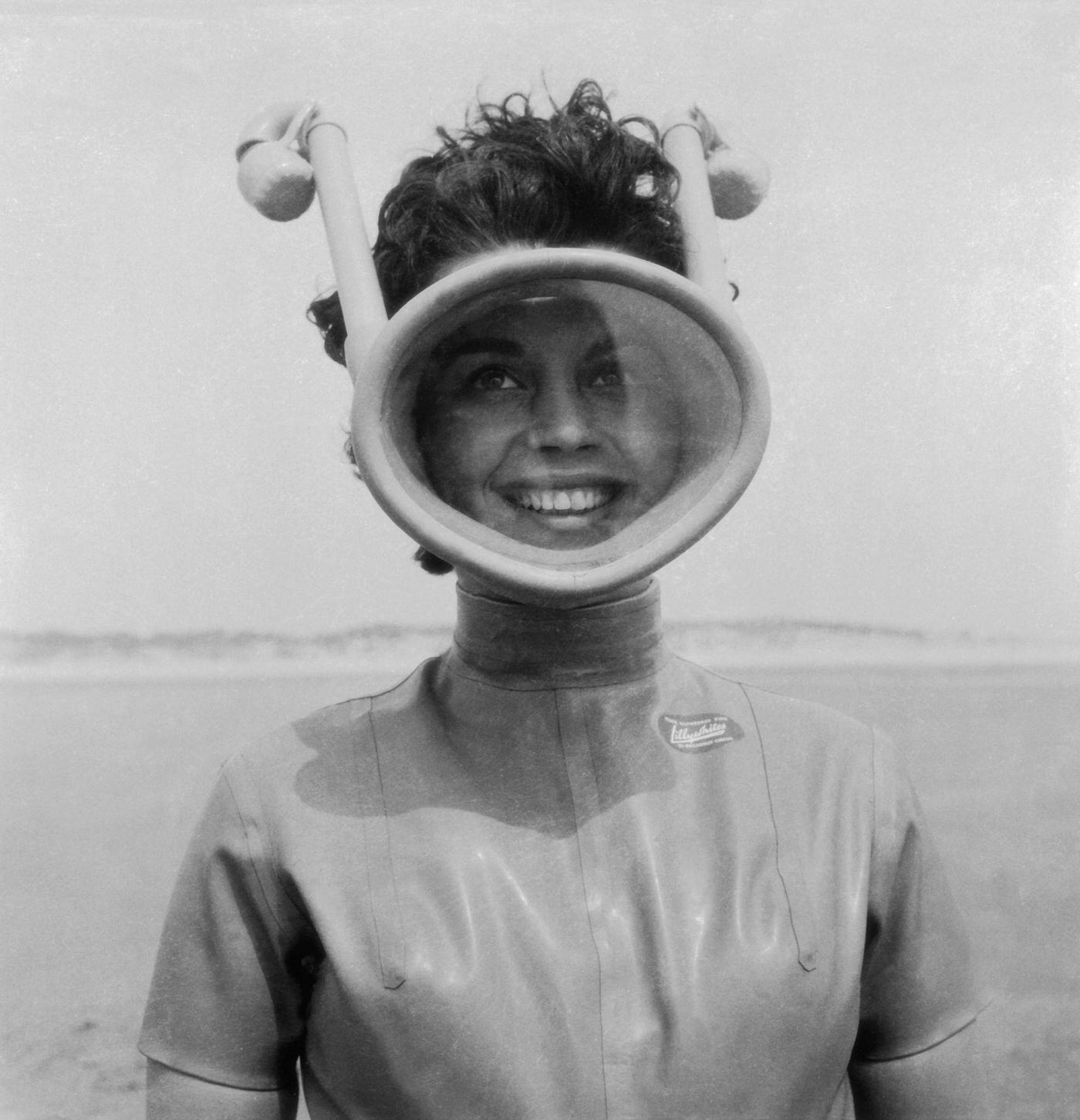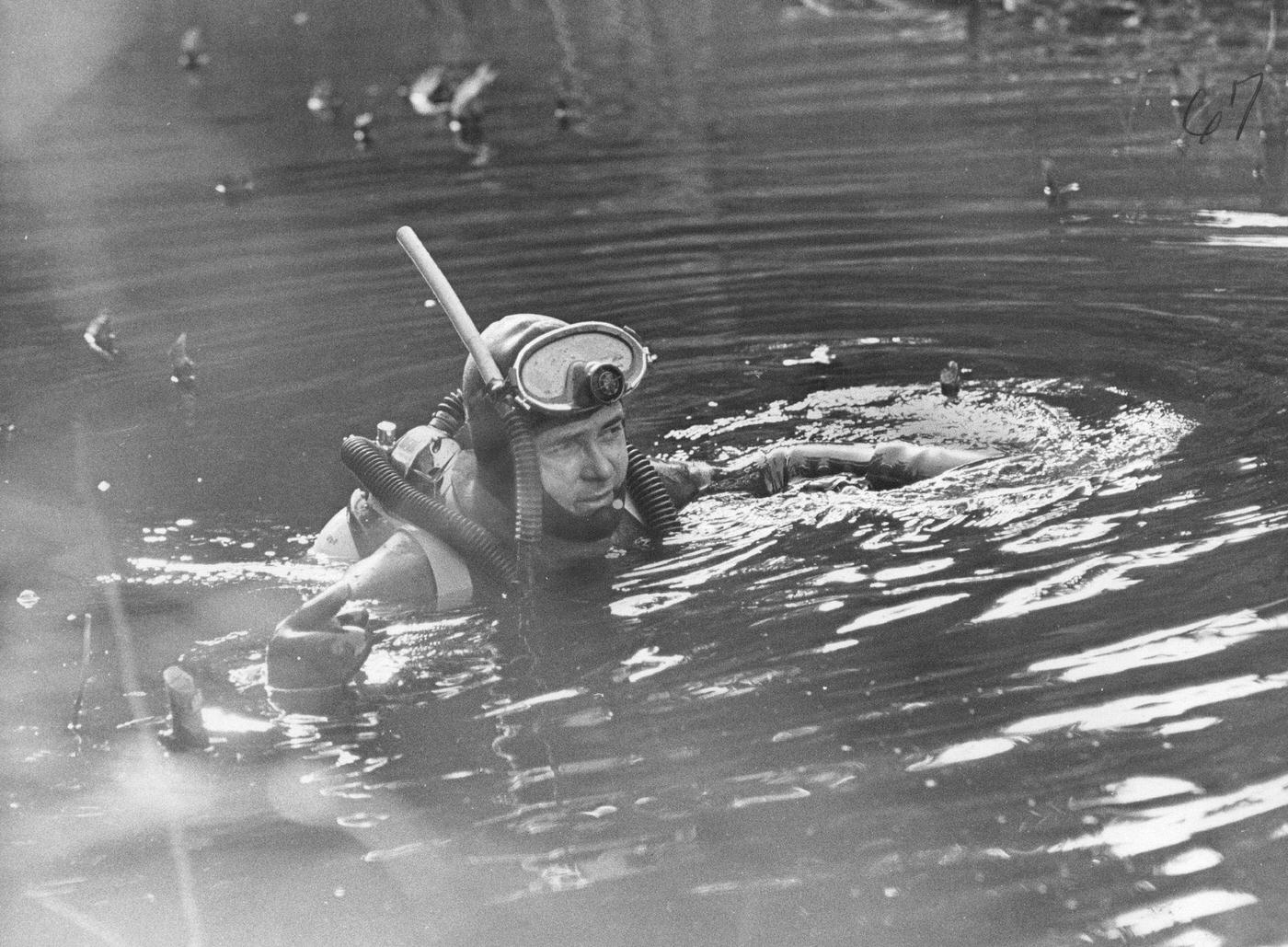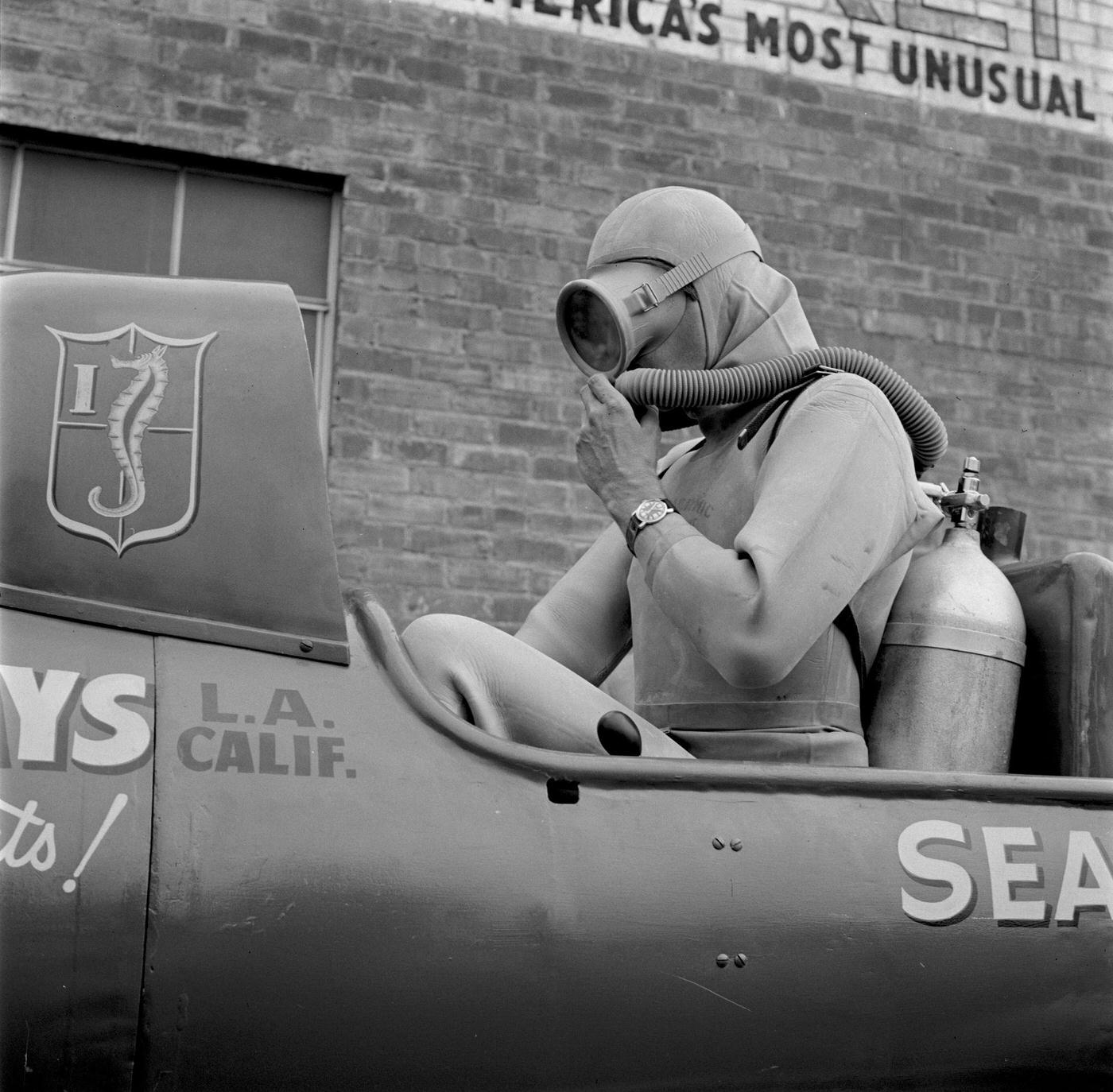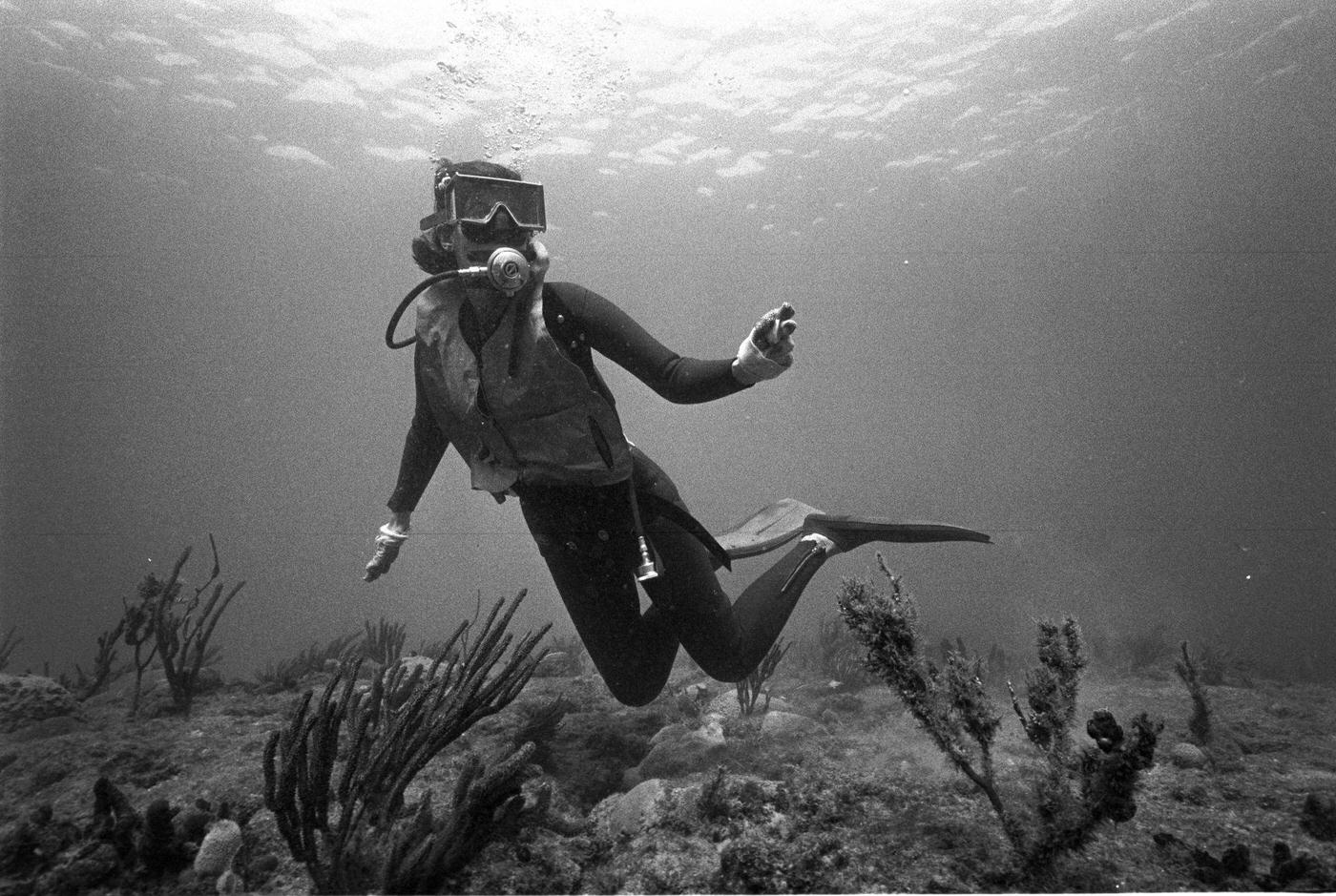Early diving suits were primitive and often uncomfortable, but they paved the way for modern diving equipment that allows divers to explore the depths of the ocean with relative ease. In the early days of diving, divers relied on basic diving suits made of leather, canvas, or rubber. These early suits were heavy and bulky, and they offered limited protection against the hazards of deep-sea diving.
The World’s first Diving suit
Karl Heinrich Klingert was the first person to develop a full-body diving suit in 1797 in Poland. Klingert’s suit consisted of a metal helmet, a wide metal girdle, waterproof leather pants, and a vest. The suit was connected to a pump turret that supplied air to the diver through a long, weighted tube.
Earliest diving suits
The first perfect diving suit was invented by a British engineer named Augustus Siebe in 1819. While Klingert’s diving suit was a significant innovation, it was not widely adopted and did not have the same impact as Siebe’s diving suits in terms of advancing the field of underwater exploration. Nonetheless, Klingert’s suit represents an important milestone in the history of diving and laid the groundwork for future developments in the field. Siebe’s design was a precursor to modern diving suits and allowed divers to stay underwater for extended periods, opening up new possibilities for exploring the ocean depths. Siebe’s diving suit consisted of a copper helmet that was connected to a waterproof canvas suit with a rubber collar. The suit was sealed with a screw-on brass ring to prevent water from entering, and the helmet had a glass window for the diver to see through. A valve in the helmet allowed the diver to control the flow of air, while a hose connected the helmet to a surface pump that supplied the diver with air. Siebe’s diving suit was first used by the Royal Navy for salvage operations and underwater construction work. The suit allowed divers to work at depths of up to 60 feet for extended periods, greatly increasing the efficiency of underwater work. Siebe continued to refine his design, and in 1837 he patented an improved diving suit that featured a detachable helmet and a weighted belt to help the diver sink. This new suit was easier to use and more versatile than the earlier design, and it quickly became popular with divers around the world. Siebe’s innovations in diving equipment had a profound impact on the field of underwater exploration and opened up new possibilities for marine science, deep-sea diving, and underwater construction.
Another notable early diving suit was the Fleuss suit, which was designed by Henry Fleuss in 1878. The Fleuss suit consisted of a rubber suit and a closed-circuit breathing apparatus that recycled the diver’s exhaled air. The suit allowed divers to stay underwater for longer periods, but it was also heavy and restrictive.
One of the pioneers in the field of diving suits was J. S. Peress, who designed a suit in 1906 that was used by the British Royal Navy for deep-sea diving. Peress’s suit consisted of a canvas suit and a brass helmet with a glass faceplate. The helmet was connected to a hose that supplied air from a surface compressor, allowing the diver to breathe underwater. The suit was heavy and difficult to move in, but it allowed divers to reach depths of up to 200 feet.
In the early 1900s, other inventors began to improve on the basic design of diving suits. Augustus Siebe, a German-born engineer who lived in London, designed a suit that was lighter and more flexible than earlier suits. The Siebe Gorman suit featured a canvas suit and a copper helmet with a glass faceplate. The helmet was connected to a hose that supplied air from a surface compressor, but the suit was more comfortable and easier to move in than earlier designs.
In 1912, a French inventor named Jacques-Yves Cousteau designed the first successful open-circuit scuba system. Cousteau’s system consisted of a demand regulator and a compressed air tank that allowed divers to breathe underwater without a surface supply of air. This innovation revolutionized diving and made it possible for divers to explore the ocean in a way that was previously impossible.
Other notable early diving suits include the Standard Diving Dress, which was first used in the 1840s and consisted of a canvas suit and a copper helmet. The Mark V diving suit, which was used by the US Navy from the early 1900s until the 1980s, was an improved version of the Standard Diving Dress and featured a more streamlined design.
Here are some historical photos of the earliest diving suits.


